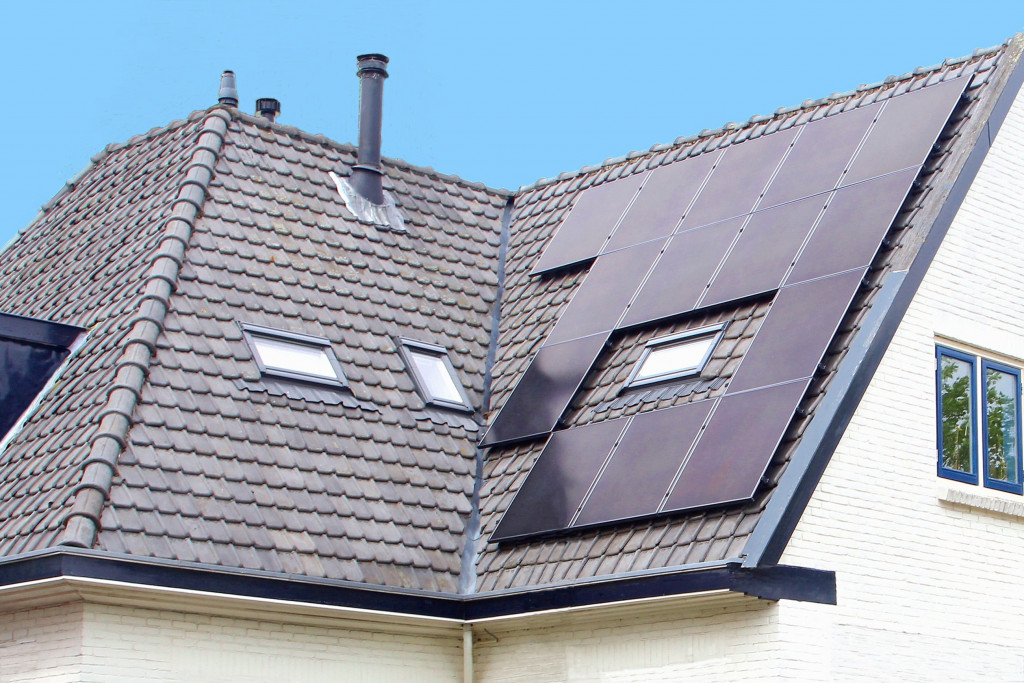Solar power is a great option for any home, but a few misconceptions prevent homeowners from considering the technology. Solar-powered homes aren’t just for staunch environmentalists. In fact, the majority of solar installations are driven by strategic financial planning. Solar power systems are investments that pay for themselves thrice over later on. They are practically free, and you can have free electricity throughout your lifetime.
Better Efficiency, Lower Costs
Converting sunlight to electricity seems complex and expensive — and it was a few decades ago. Advances in solar technology have made panels more efficient at collecting and converting sunlight into electricity. In mostly sunny states, an 8-kW system can produce enough electricity to power a four-bedroom home. The system will produce excess electricity during the day. It sends this electricity into the grid to create a buffer for nighttime use. Meanwhile, less sunny states may require a 12-kW system. An 8-kW system costs around $8,000 to $10,000, and a 12-kW system costs around $12,000 to $14,000.
You don’t have to install massive amounts of panels on your yard and rooftops, as panels have become more efficient. The average American home typically requires around 21 to 28 panels to cover its electrical consumption. Most average-sized homes will have enough space to spare, and the installation is simple. Solar panels can be installed in every kind of roofing — from asphalt shingles to more modern PVC roofs.
In addition, solar power systems can last up to 45 years. Most solar companies will guarantee efficiency outputs of over 80 percent for 25 years of operation (90 percent in the first 10 years). Even at just 25 years, you’ll be paying less than $400 a year ($600 for a 12-kW system) for a system that would cut your electricity bills to zero or close to it.
Solar Incentives and Financing
The federal government’s 26 percent solar incentive has been extended by President Biden. Individual states also have their own incentive programs that can cut the costs of your system. However, even without federal cuts, solar prices are still practically free. The typical American family spends $100 to $120 on electricity every month. With a 10-year loan, the monthly premiums on an 8-kW system amount to less than $100 ($130 on a 12-kW system). The savings on your monthly electricity bill should cover your premiums — and you’ll still have another 15 to 25 years of free electricity after your 10-year term.

Net Zero Homes
A study by the U.S. Department of Energy surmised that if every home had solar panels, they would potentially supply 40 percent of the nation’s energy needs. The extra generation will relieve pressure from the grid and reduce total carbon emissions, as more than a third of the nation’s power production still relies on fossil fuels. Of course, this assumes you are consuming less electricity than your system produces.
You can take steps to reduce your consumption to ensure your home stays at net-zero on electricity. Insulation is one of the best options to conserve energy. Most homes spend 50 percent or more of their power consumption to regulate temperatures. Ensuring that the temperatures outside don’t affect the inside of your home can cut your power consumption by up to 30 percent. Heat transfer primarily goes through your roof, so make sure to properly insulate your attic or switch to insulated PVC roofing if your roof is more than 20 years old. Newer and more energy-efficient appliances can also ensure you don’t go over your solar power system’s production. Go for appliances with an Energy Star label — especially for air conditioners, freezers, washers, or other appliances that use inverter technology.
Excess Power
Consuming less electricity than you produce is great, but don’t expect the power company to send you a check for your excess production. Excess production will merely count as a buffer for future consumption, particularly in less sunny winter months. Making use of that excess electrical generation is a better and more practical option.
Of course, don’t just start turning on your appliances at random to raise your consumption. A better way is to direct that excess electricity into something productive, such as charging an electric car. The average American driver spends more than $3,000 on fuel costs. The extra cost of buying an electric car should be justified by the yearly savings on fuel. You can also assure yourself that your electric vehicle won’t be reliant on the grid (which still uses fossil fuels).
There’s no reason not to go solar. If cutting your carbon footprint and saving the environment is not enough motivation — consider the thousands of dollars in savings you’ll get in free electricity.
